



It is a minimally invasive surgery in which we remove a part of the stomach (approximately 80%) thus reducing its capacity and therefore the appetite and in turn increasing the feeling of satiety by the same mechanism as well as by the absence of production of ghrelin, the hunger hormone which is produced by cells in the portion of the stomach that is removed.
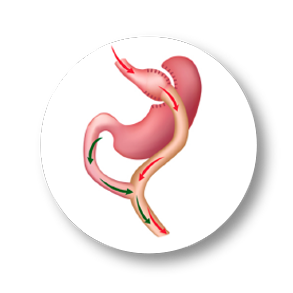
Surgery that combines restrictive and malabsorption techniques that helps reduce food consumption and also regulates the absorption of calories. It consists of separating the stomach into two individual bags. The newly created upper pouch, which is smaller in size, attaches to the lower part of the small intestine, which reorganizes to join both pouches of the stomach. Reducing the size of your stomach and redirecting the small intestine are aimed at make him eat fewer servings of food and digest food more quickly. On average, most patients lose 10 to 20 pounds each month for a year. Also, 90% of patients with diabetes achieve normal glucose levels early. This surgical treatment will be indicated in patients with metabolic syndrome (obesity, diabetes mellitus, hypertension) and their comorbidities such as Gastroesophageal Reflux.
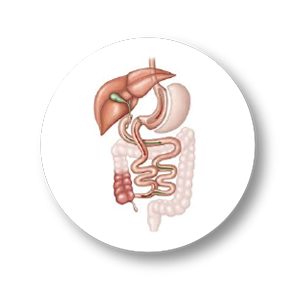
It is one of the mixed bariatric procedures (Restrictive and malabsorptive) for the treatment of obesity, which consists of performing a vertical gastrectomy or gastric sleeve and a Roux-en-Y bypass to the duodenum, omitting approximately two thirds to three quarters of the upper part of the small intestine, this leads to a substantial reduction in the absorption of calories, achieving an effective loss of excess weight and improving the comorbidities of overweight and obesity. faster way. On average, most patients lose 10 to 20 pounds each month for a year. Also, 90% of patients with diabetes achieve normal glucose levels early. This surgical treatment will be indicated in patients with metabolic syndrome (obesity, diabetes mellitus, hypertension) and their comorbidities such as Gastroesophageal Reflux.
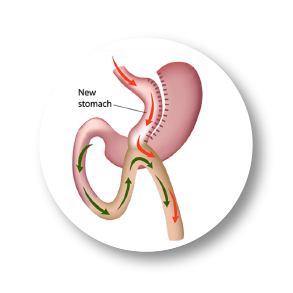
The Gastric Bypass of an anastomosis is a variant of the regular gastric bypass, with the difference and advantage of requiring a single anastomosis, eliminating the “food loop” and therefore avoiding the second risky anastomosis and minimizing the possibility of serious complications. It is a mixed procedure, combining two mechanisms: Restriction (creating a smaller stomach) and Malabsorption (creating a “bridge” between the stomach and the intestine).
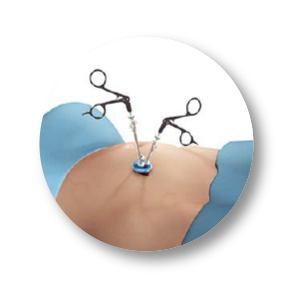
It is a minimally invasive surgery in which we remove a part of the stomach (approximately 80%) thus reducing its capacity and therefore the appetite and in turn increasing the feeling of satiety by the same mechanism as well as by the absence of production of ghrelin, the hunger hormone which is produced by cells in the portion of the stomach that is removed.
All through a single incision in the navel region resulting in an abomen without marks and scars.
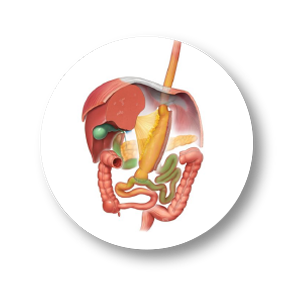
(Single Duodenum-Ileal Anastomosis with Sleeve gastrectomy) It is a new mixed bariatric technique (restrictive and malabsorptive) that is based on a Gastric Sleeve combined with a Gastric Bypass of an Anastomosis (single Duodenum-Ileal Anastomosis) It aims to reduce the loop intestinal where food is absorbed leaving a size between a half and a third of the total original length, so a significant amount of calories is no longer absorbed. This procedure is indicated in patients with previous surgeries that failed and did not achieve the goal of weight loss or there was weight loss. It will also be indicated in patients with severe metabolic syndrome (Diabetes mellitus, hypertension, Hypercholesterolemia).
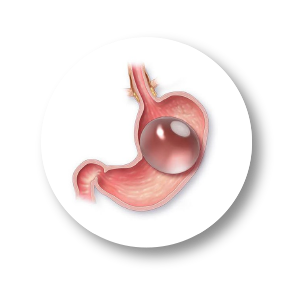
It was designed as an alternative treatment for overweight and obesity due to its mechanism of decreasing stomach capacity since it partially occupies the gastric cavity, resulting in an increase in the feeling of satiety. It is an expandable spherical silicone device that allows its volume to be adjusted according to the needs of the patient, said device will be inserted into the stomach endoscopically and will be filled with saline solution and blue ink (methylene blue).

This type of procedure is performed in patients who have had a previous Bariatric Surgery and require another surgical method, either due to a previous unsuccessful or ineffective surgical technique, poor habit management or excessive or minimal weight loss.
•Band withdrawal
•Conversion of Band to Gastric Sleeve or Gastric Bypass.
•Gastric Sleeve Conversion to Gastric Bypass.












